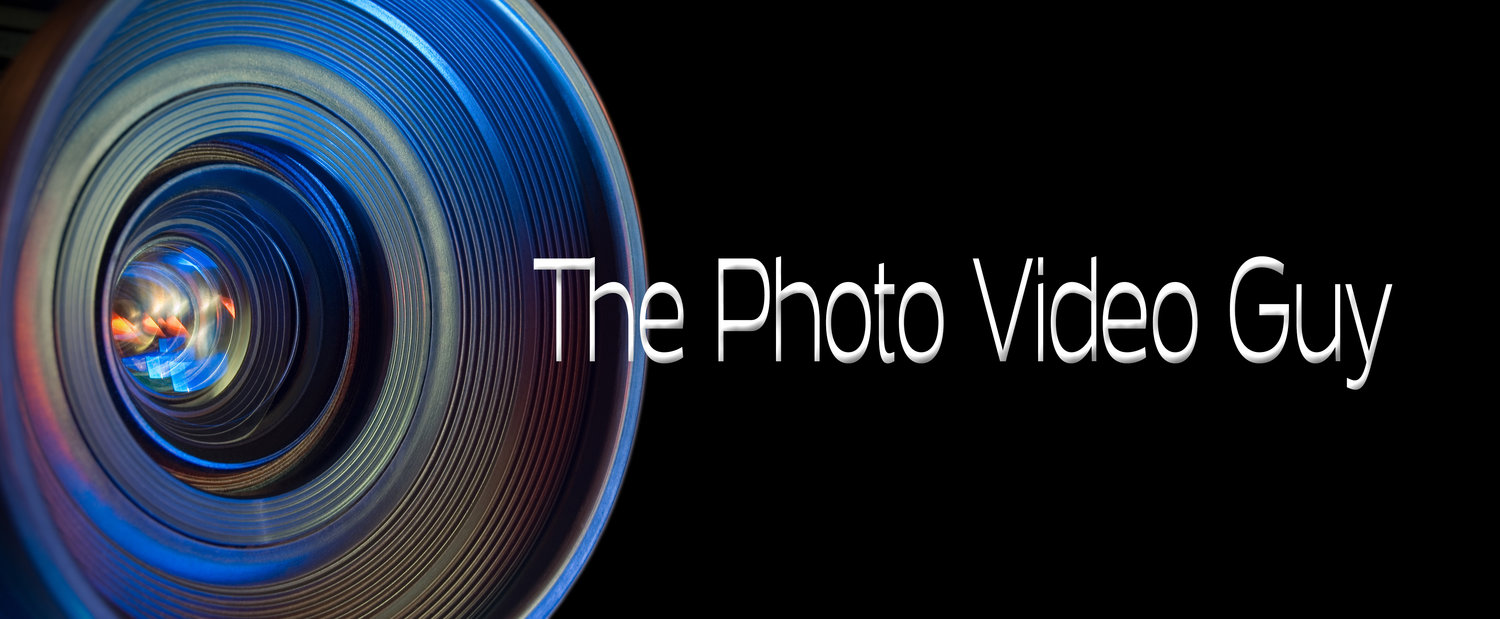Tips to Make Better Images : The Roll Film Exercise
/I was recently a guest with friends on their weekly webcast called Daytripper Webtalk.
The primary subject was the value of structured photographic exercises. We all tried the 10 x10, basically 20 images within the same 10 foot square space, although I messed up thinking it was a 10 inch square space. Simple gear, no post processing. Darren and Bryan really focused on seeing everyday things differently, Gabriel took a childs eye view and I tried for a theme of like pairs.
In my case I limited myself to the camera, 100mm lens, on camera flash and a plain black background. As part of my constructed theme my right hand or portion thereof had to be in each frame. I tried to find like pairs of things to put in the sequence such as pencil and pen, memory card and film box and fork and spoon. Coming up with ten pair of like items, shooting them and pushing them out as JPEGs in the span of an hour was a bit challenging. I found the images I created to be contrived and there was really nothing there I will keep or print, although I did get some ideas for things to do as individual stills. The real issue I have is that a photograph should set the stage for the viewer to create a story around it, and the slideshow motif really took away from that although a couple of the individual images could be a starting point for more serious work.
The primary outcome of the assignment was to determine if fixed exercises can be beneficial. We all concluded that they do, if they help you get your head outside of the box. Each host plus me as guest offered up suggested exercises. Mine is as follows;
Pick a location and a time. Limit yourself to a timeslot to capture images. Now you go to the location and may click the shutter twelve times for twelve images. No more no less. Get it right in the camera, because while you will have post processing available, the goal is not to do exposure, white balance, or serious cropping in post. When I was starting out and shooting roll film this was a very popular exercise to force the photographer to look for and see the images because we could only get 12 shots on a roll of 120 film, although those shooting 645 could get fifteen. Working with a twin lens reflex at the time, the square format was also a different way of composing that I really enjoyed.
The roll film exercise is a good one. It creates constraints in multiple vectors and really does help you see










